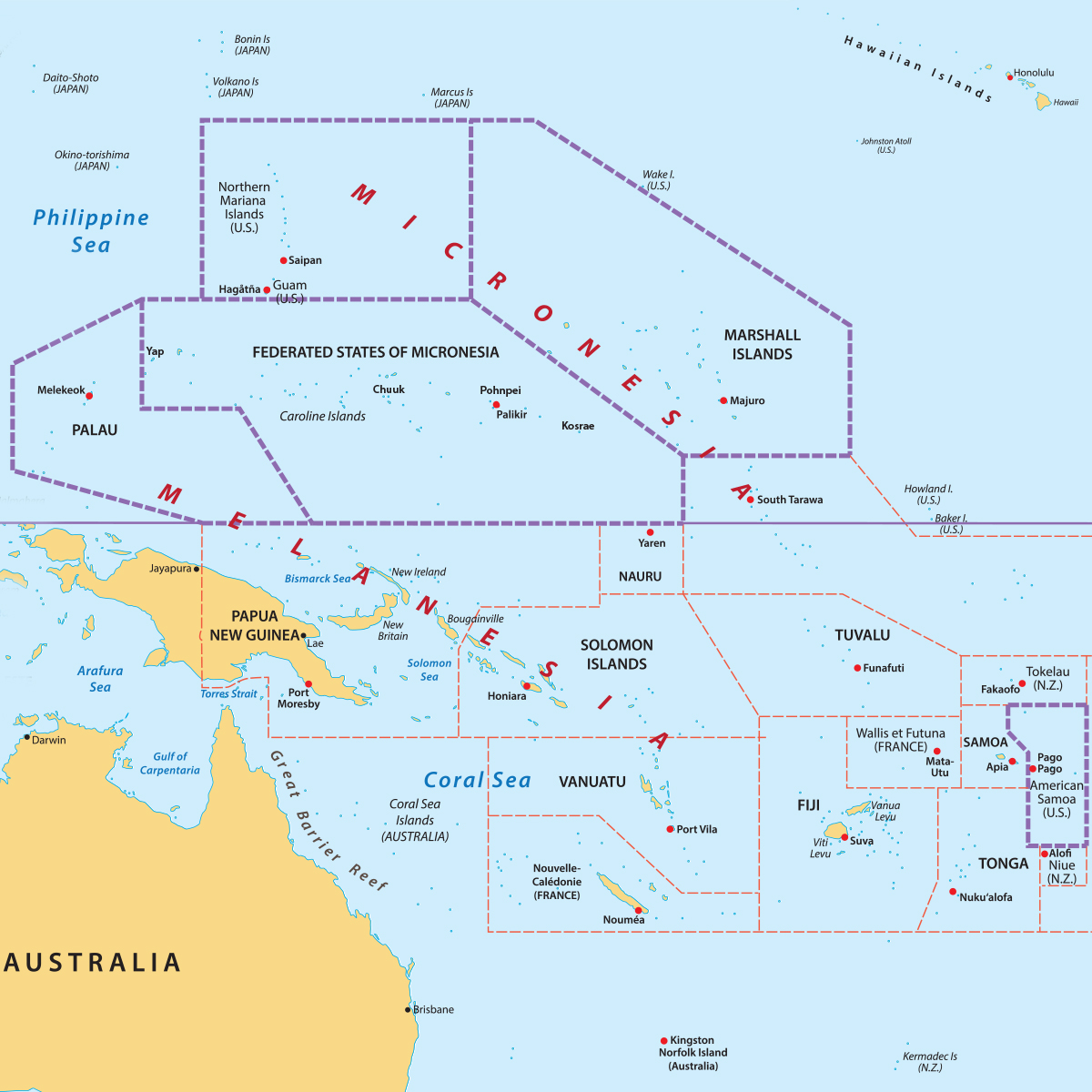Significant health disparities exist between the populations of U.S. mainland and the U.S. Affiliated Pacific Islands (USAPI) jurisdictions. This is due to multiple complex factors, including historical, social, cultural, environmental, and economic.
Health disparities also exist within the Pacific Islands themselves, most notably between populations living on the ‘main’ or central island and those living in the ‘outer’ islands far from any ‘urban’ area. Rapid westernization has adversely affected many of the social, cultural, and environmental structures and practices that traditionally protected and supported good health in the USAPI. Areas that were significantly impacted by westernization of the Pacific are:
As a result, the incidence and prevalence of all non-communicable diseases have risen exponentially in the Pacific in just 15 years. Cancer mortality is now the second most common cause of death in nearly all USAPI jurisdictions. Due to constrained economic conditions in the Freely Associated States (FAS), increasing numbers of FAS citizens are out-migrating to Hawai’i, Guam and throughout the U.S. This adds to the complexity of cancer registration.


If you wish to learn more about cancer in the Pacific, please read our newest publication, Cancer in the USAPI 2007-2022 (508 compliant pdf)